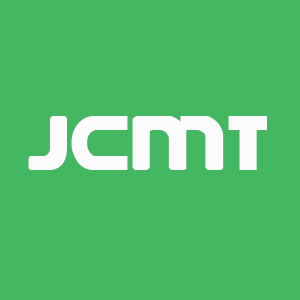fig1

Figure 1. The redox landscape of MM tumors and methods of targeting ROS: ROS are primarily derived from asbestos fibers, NADPH Oxidases (NOXs) and mitochondria in MM tumor cells. ROS levels are balanced by the expression of ROS scavenging pathways, including the TR-TRX-PRX antioxidant axis, and increased GSH synthesis through Cystine (Cys-Cys) import via the SLC7A11 uniporter. FOXM1 and NRF2 are redox-responsive transcription factors that support ROS scavenging gene expression. BAP1 alters cellular redox status through downregulation of the SLC7A11 uniporter and disruption of mitochondrial bioenergetics. ROS inhibit PTEN phosphatase activity driving increased PI3K activity that supports tumor cell proliferation and survival. Cisplatin (CDDP) targets DNA, TRX and GSH which lead to increased ROS levels. Thiostrepton (TS) inhibits mitochondrial PRX3 which lead to increased mitochondrial ROS. High ROS levels are incompatible with cell survival.









